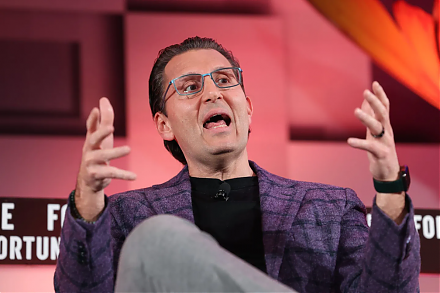

2018-03-25 08:39:00 Sun ET
technology antitrust competition bilateral trade free trade fair trade trade agreement trade surplus trade deficit multilateralism neoliberalism world trade organization regulation public utility current account compliance
President Trump imposes punitive tariffs on $60 billion Chinese imports in a brand-new trade war as China hits back with retaliatory tariffs on $3 billion U.S. exports. This strategic move hits China for its unfair trade practices with at least 3 major jabs. First, the Trump tariffs take the form of 25% key duties on $60 billion Chinese exports to America. This jab is only a fraction of the economic collateral damage that China has done to America by forcibly extracting the intellectual properties of U.S. corporations.
Second, the Trump administration can introduce foreign investment restrictions on Chinese companies. This prevention can stop Chinese companies from swooping into U.S. competitive advantages.
Third, the Trump team considers litigation at the World Trade Organization (WTO). Since the inception of its WTO membership, China has indeed failed to transform into an open democratic society that respects both economic freedom and the rule of law.
Overall, the Trump tariffs signal the dawn of an inevitable Sino-American trade war. Trump uses the sequential tariff tactics and economic sanctions on China, Iran, and Russia and even some western allies such as Canada, Europe, and Mexico. These tactical solutions may help reduce U.S. trade and budget deficits.
If any of our AYA Analytica financial health memos (FHM), blog posts, ebooks, newsletters, and notifications etc, or any other form of online content curation, involves potential copyright concerns, please feel free to contact us at service@ayafintech.network so that we can remove relevant content in response to any such request within a reasonable time frame.
2018-05-07 07:32:00 Monday ET

President Trump seeks to honor his campaign promise of lower U.S. medical costs by forcing higher big-pharma prices in foreign countries such as Canada, Bri
2018-10-13 10:44:00 Saturday ET

Dow Jones tumbles 3% or 831 points while NASDAQ tanks 4%, and this negative investor sentiment rips through most European and Asian stock markets in early-O
2025-10-12 13:32:00 Sunday ET

Stock Synopsis: With a new Python program, we use, adapt, apply, and leverage each of the mainstream Gemini Gen AI models to conduct this comprehensive fund
2023-03-07 11:29:00 Tuesday ET

Former Bank of England Governor Mervyn King provides his deep substantive analysis of the Global Financial Crisis of 2008-2009. Mervyn King (2017) &nb
2018-01-07 09:33:00 Sunday ET

Zuckerberg announces his major changes in Facebook's newsfeed algorithm and user authentication. Facebook now has to change the newsfeed filter to prior
2019-04-17 11:34:00 Wednesday ET

Amazon CEO Jeff Bezos admits the fact that antitrust scrutiny remains a primary imminent threat to his e-commerce business empire. In his annual letter to A